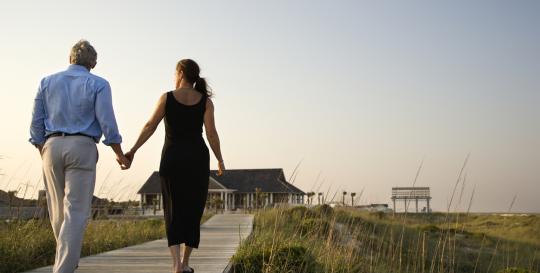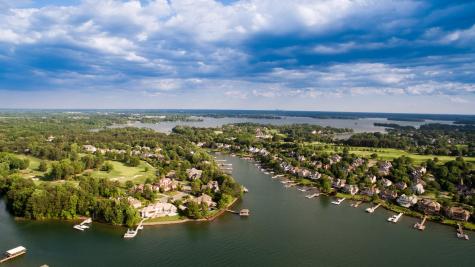Choosing the Right Active Adult Community For You

Are you ready for your golden retirement years? After a lifetime of hard work, it’s time to settle back and reap the rewards. Now the biggest question is, where will you call home? Choosing the right community for you is no small task. That’s why we’re here to help with the decision.
What Is An Active Adult Community?
Active adult communities are residential areas targeted towards a certain age bracket. In this case, people 55 and up. Some communities are ‘age-restricted,’ meaning that at least 80 percent of the community’s households must have at least one resident aged 55 or older, in accordance with the Fair Housing Act. Other active adult communities are simply ‘age-targeted,’ meaning they aim to attract citizens who are 55 and up but aren’t strictly limited to that age bracket.
But whether they’re age-restricted or age-targeted, these 55+ communities are designed with your convenience, comfort, and happiness in mind. Active adult communities are built close to all the best local amenities and attractions. Whether you love shopping, golfing, fine dining, spa-going, or admiring the scenery, there is sure to be an active adult community out there for you.
Aging isn’t always a walk in the park, but the nice thing about active adult communities is that they offer both easy and independent living. These communities are also tightly-knit; your neighbors are within walking distance, and the residences are comfortable, accessible, and sized appropriately for your needs.
Active adult communities often consist of low-to-no-maintenance homes for purchase or rent. This means you don’t have to spend your days worrying about home upkeep. You can forget about lawn care, reshingling the roof, and regrouting the tile floor. Depending on your chosen community, these tasks are taken care of for you—unless you want to do them yourself, that is! Active adult communities invite you to relax, sit back, and enjoy your hard-earned retirement. Never-ending home maintenance is a thing of the past.
Choosing The Right Active Adult Community for You
So how do you know which community is the right one for you? Here are some questions to ponder when looking at active adult communities.
1. What’s Your Budget?
Money is, as always, a big part of your next adventure. A home in an active adult community comes with lots of perks, but those perks sometimes come at a price. On top of rent or a mortgage, you’ll also have to factor in the community/homeowner’s association fees, which can run you up to a few hundred dollars a month. Of course, this depends on the community, so be sure you know exactly what the community fees are and what they cover before you sign. These fees typically go towards maintaining the communal areas like the clubhouse and pool, along with covering the costs of your home maintenance. They rarely, if ever, include your food, outings, medical needs, or in-home care. The more amenities there are in your community, the higher the fees are likely to be. It pays to crunch the numbers before you make your final decision.
2. What’s Your Lifestyle?
No two active adult communities are built exactly the same, so it’s up to you to find the one that suits your lifestyle. Think about what you want out of your retirement: how active—or inactive—do you want to be? How do you hope to spend your free time? Do you want to be in a place that’s warm year-round? Or do you prefer distinct seasons? Depending on your preferences, you can find a community that offers plenty of nearby amenities or one that has structured days packed with social activities. These can be great for adults who love to keep busy, but others may prefer a community that’s a little more laid back. However you choose to spend your time, we guarantee there is a community out there that’s perfect for you.
3. What Are Your Practical Needs?
Last but certainly not least, consider your practical and long-term needs before you invest. Depending on how long you intend to live in your active adult community, you might want to consider certain structural accommodations. You can often find single-floor dwellings, eliminating the need for stairs and the mobility issues that go with them. Ramps, widened hallways and door frames, and other accessible features will keep you safe and comfortable in your retirement community for many years to come. You’ll also want to consider the proximity and quality of medical services in the area, and how they will meet your current and future needs.
There is no one-size-fits-all when it comes to choosing your future home. Whatever your budget, lifestyle, and needs might be, there is a community out there for you – you just have to find it!










